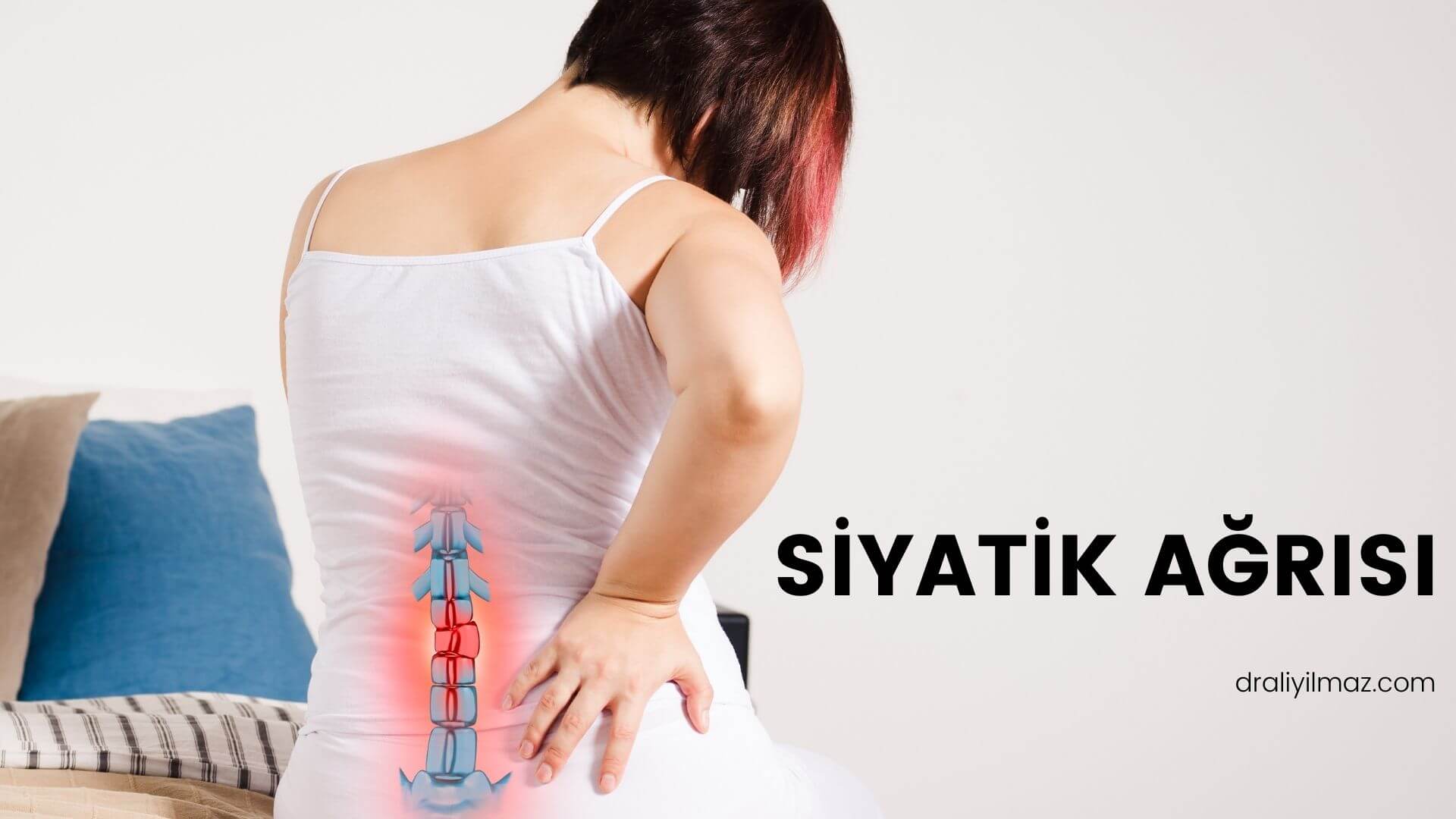
Sciatica Pain
Sciatica pain is severe pain along the sciatic nerve, radiating from the lower back to the buttocks and legs. It is usually caused by a herniated disc or This occurs when the sciatic nerve is compressed due to narrowing of the spinal canal (spinal stenosis). MRI or CT scan is used for diagnosis. Treatment usually focuses on relieving the symptoms, i.e. the pain. Surgery may be necessary if there are severe neurological symptoms or if the pain does not subside despite conservative treatment.
Causes
Pain originating from the sciatic nerve is usually caused by a herniated disc, calcification, spinal stenosis or, less commonly, a spinal tumor or abscess of the nerve root. is caused by compression. The nerve is usually compressed in the lumbar region. However, it can also be compressed outside the vertebral column, at the pelvis or hip level.
What is sciatica pain like?
The pain radiates along the sciatic nerve, most commonly in the buttocks and the back of the thigh. The pain is described as burning or like a sharp stabbing pain. Only pain in the buttocks and legs may be present without lower back pain. If there is a herniated disc, the pain may increase when coughing or when muscles contract. Patients may experience They complain of numbness and weakness in the affected leg. In addition to the above-mentioned symptoms, compression of the nerve roots can also affect the knee reflex, ankle may lead to loss of reflex. Methods such as the leg lift test and the glide test provide information to the physician about the source of the pain.
How is sciatica pain treated?
Conservative therapies are the first line of treatment for sciatica pain. Sciatica usually heals without surgery. Conservative treatments include physical activity, medication, physical therapy and injection therapies.
With conservative treatment, acute sciatica pain usually begins to subside within a week or two. Up to 6 weeks of medication to relieve lower back pain can be applied. Muscle spasm can be reduced with hot or cold compression. Physiotherapy may be useful. If the source of pain is a hernia, daily as long as the pain allows Continuation of life, that is, movement, accelerates recovery. Muscle weakness that worsens or does not improve, progressive neurological deficits or conservative If there is no reduction in pain after 6 weeks of treatment, surgical treatment is recommended. Because sciatica pain can affect the patient's working capacity, emotional or deeply affect the general condition, making life unbearable.
The standard surgical procedure for herniated discs is microdiscectomy. Today, with the development of microsurgical methods, herniated disc surgeries are performed on the same day. It can be performed more comfortably with minimal incision and faster recovery time.
For information and treatment, you can contact Associate Professor Dr. Ali Yilmaz here.